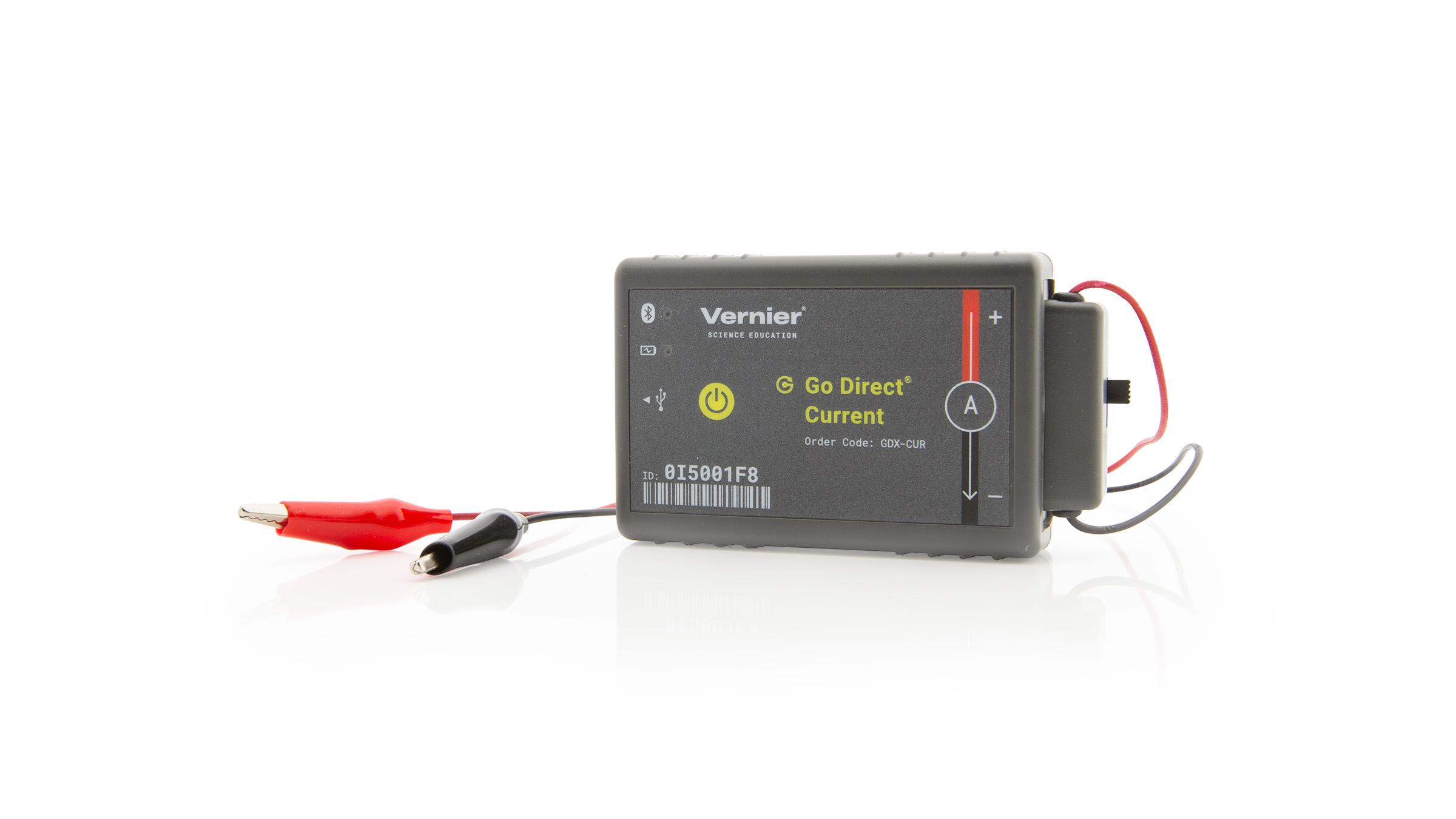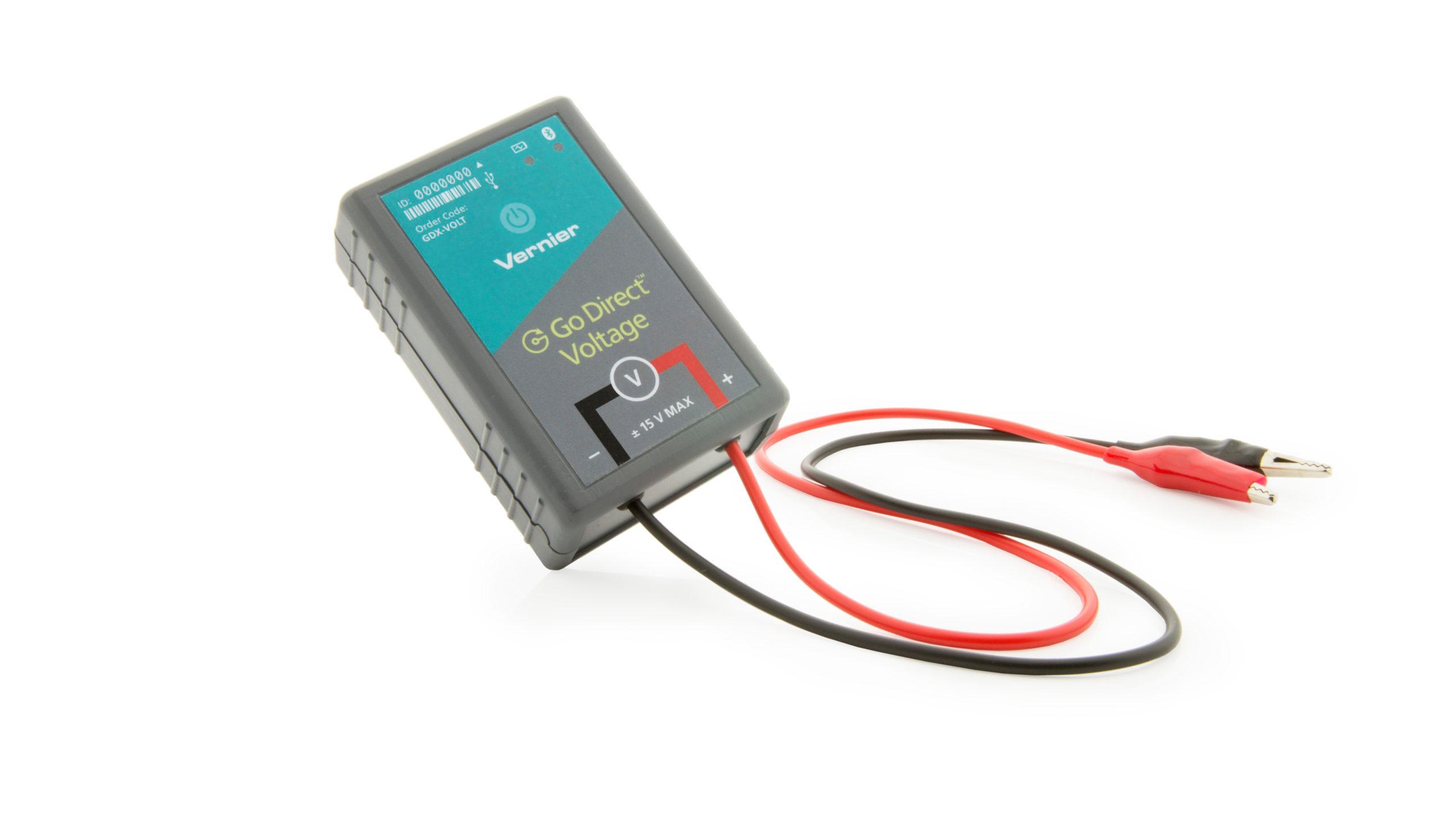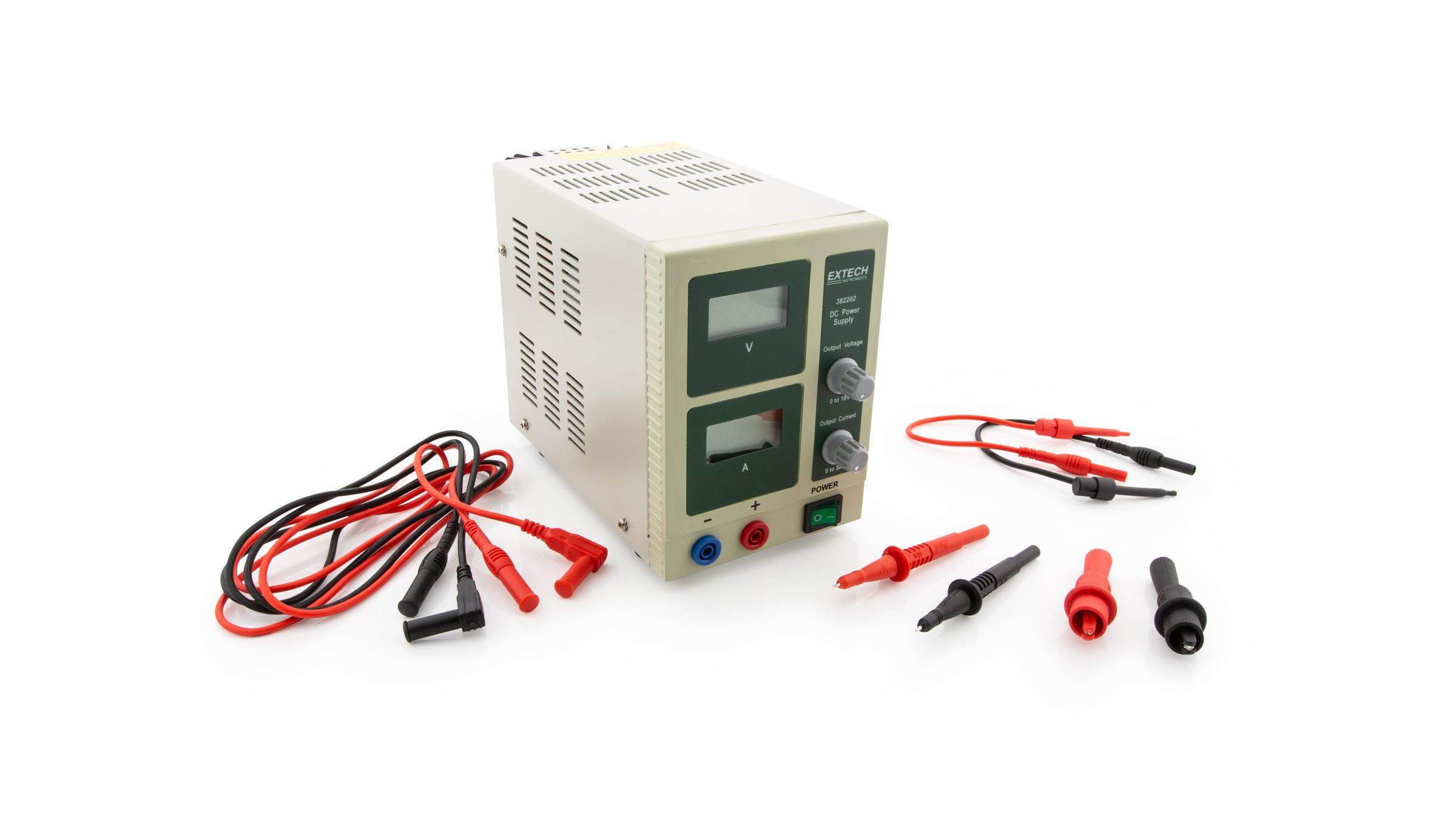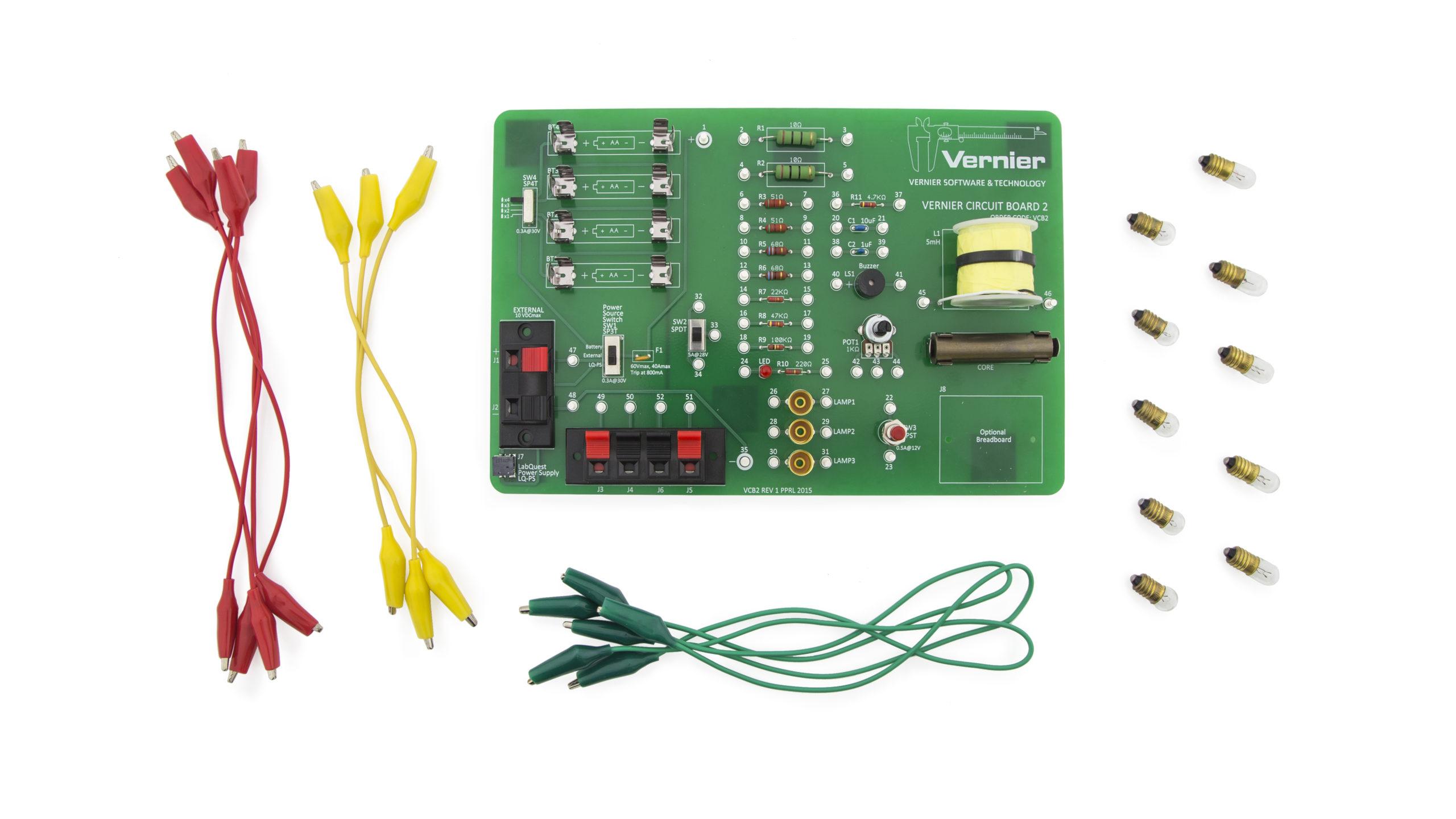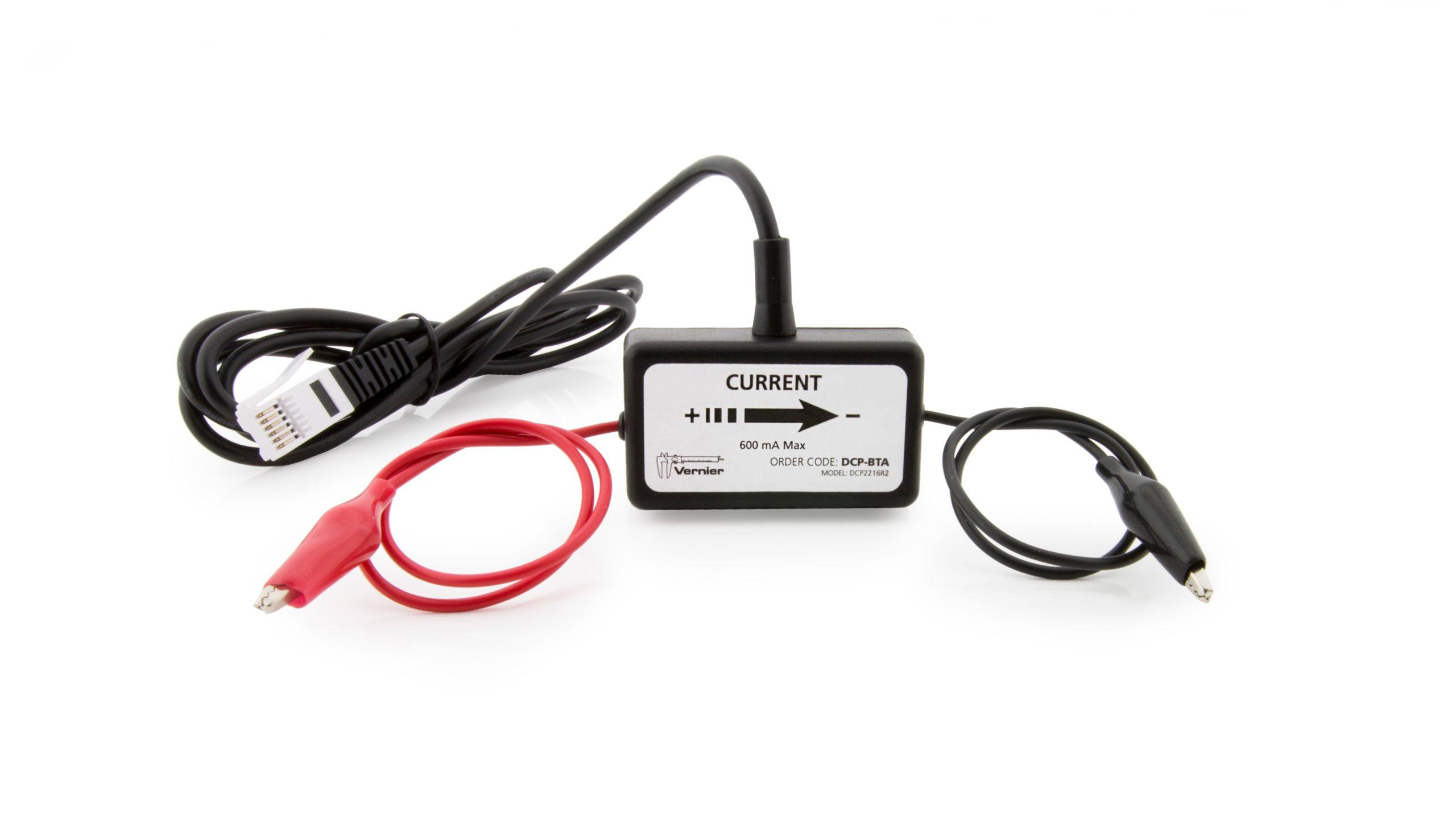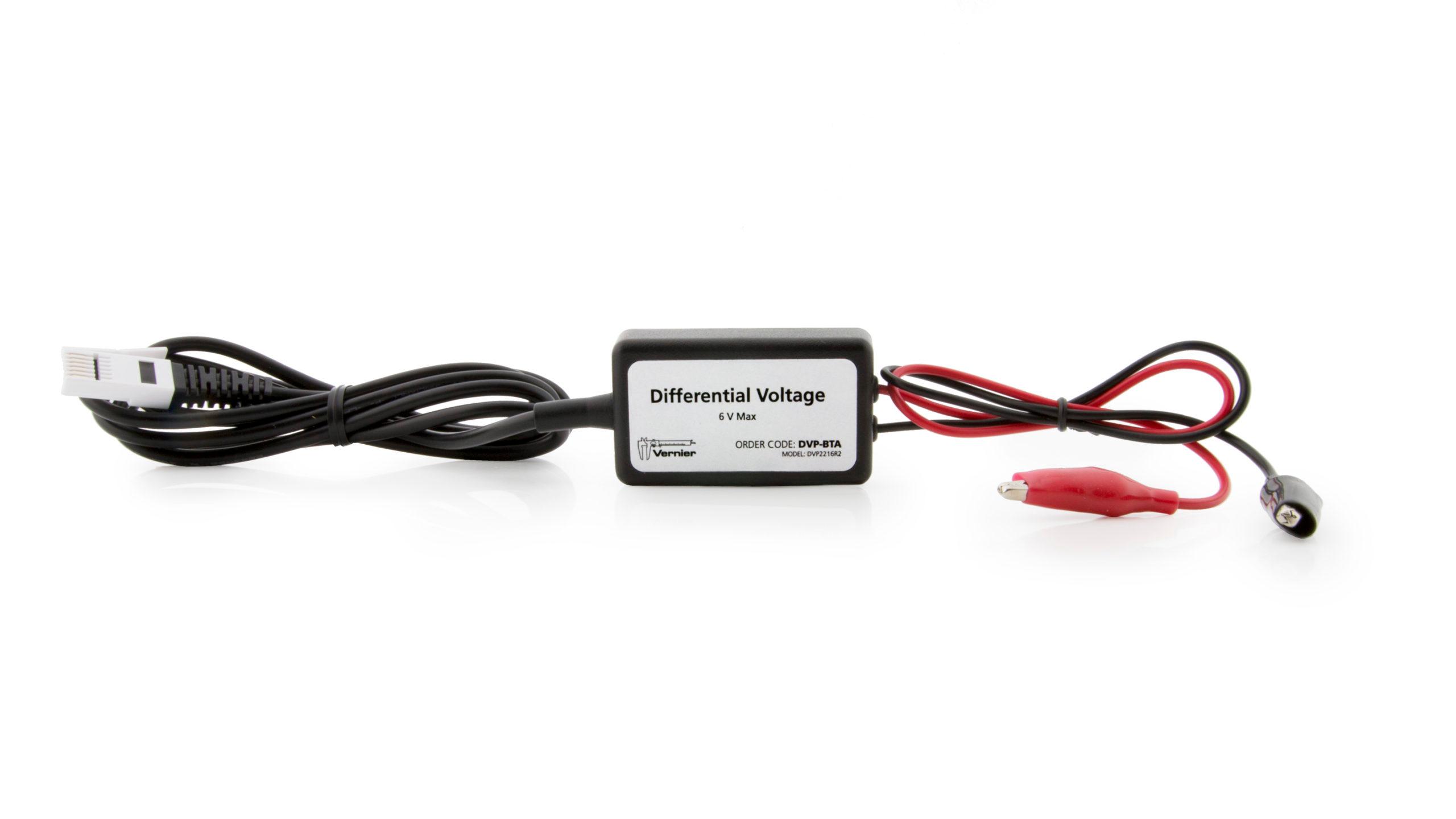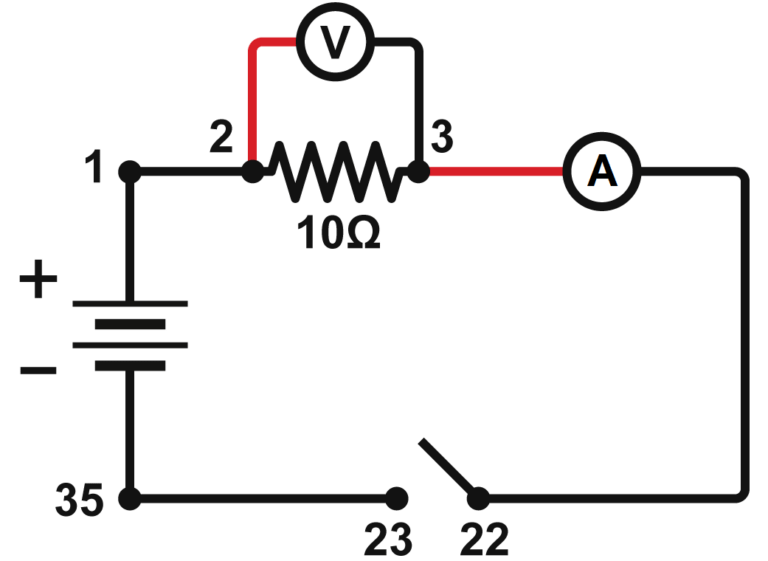
Introduction
The fundamental relationship among the three important electrical quantities current, potential difference (voltage), and resistance was discovered by Georg Simon Ohm. The relationship and the unit of electrical resistance were both named for him to commemorate this contribution to physics. One statement of Ohm’s law is that the current through a resistor is proportional to the potential difference, in volts, across the resistor. In this experiment, you will see if Ohm’s law is applicable to several different circuits using current and voltage probes.
Objectives
- Determine the mathematical relationship between current, potential difference, and resistance in a simple circuit.
- Compare the potential vs. current behavior of a resistor to that of a light bulb.
Sensors and Equipment
This experiment features the following sensors and equipment. Additional equipment may be required.
Ready to Experiment?
Ask an Expert
Get answers to your questions about how to teach this experiment with our support team.
- Call toll-free: 888-837-6437
- Chat with Us
- Email support@vernier.com
Purchase the Lab Book
This experiment is #23 of Agricultural Science with Vernier. The experiment in the book includes student instructions as well as instructor information for set up, helpful hints, and sample graphs and data.

